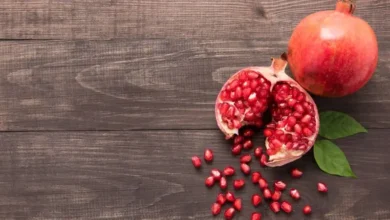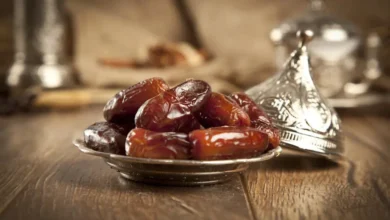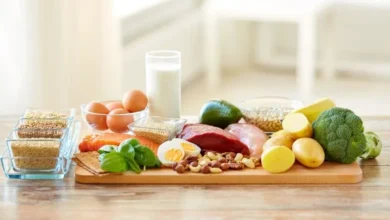Easy tips to keep your fruits and vegetables fresh without a fridge

Keeping fruits and vegetables fresh without a refrigerator can be a challenge, but with the right techniques, it’s entirely possible. Here are some easy and effective tips to extend the shelf life of your produce and keep them fresh and nutritious.
1. Store in a Cool, Dark Place
- Root Cellar: If you have a basement or a root cellar, use it to store root vegetables like potatoes, carrots, and onions. These places typically have the cool, dark conditions that help preserve produce.
- Cupboards and Pantries: Store fruits and vegetables in dark, cool cupboards or pantries away from direct sunlight to prevent them from ripening too quickly.
2. Use Proper Storage Containers
- Clay Pots and Sand: Store vegetables like carrots and beets in sand inside clay pots. This helps to maintain moisture levels and keep them fresh longer.
- Baskets and Mesh Bags: Use breathable materials like baskets and mesh bags for fruits and vegetables to allow air circulation and prevent mold growth.
3. Maintain Proper Humidity
- Damp Cloths: Wrap leafy greens in a damp cloth or paper towel to keep them hydrated and crisp. Replace the cloth regularly to prevent mold.
- Water Trays: Place a shallow tray of water near your stored produce to maintain humidity in the storage area.
4. Separate Ethylene-Producing Fruits
- Ethylene Gas: Some fruits, such as apples, bananas, and tomatoes, produce ethylene gas, which can accelerate the ripening of other fruits and vegetables. Store these separately to prevent premature spoilage.
5. Dry Storage for Certain Vegetables
- Onions and Garlic: Store onions and garlic in a dry, well-ventilated area. Hanging them in mesh bags or placing them in a dry basket helps to keep them fresh.
- Pumpkins and Squash: Keep these vegetables in a dry, cool area. They have a thick skin that protects them from spoiling quickly.
6. Use Natural Preservatives
- Vinegar Soak: Rinse berries and other delicate fruits in a solution of one part vinegar to three parts water. This helps kill mold spores and keeps them fresh longer. Rinse with water afterward to remove the vinegar taste.
- Herbs in Water: Place herbs like cilantro and parsley in a glass of water, like a bouquet, and cover with a plastic bag. Change the water regularly to keep them fresh.
7. Fermentation and Pickling
- Pickling: Preserve cucumbers, carrots, and other vegetables by pickling them in vinegar, water, salt, and spices. This extends their shelf life significantly.
- Fermentation: Fermenting vegetables like cabbage (to make sauerkraut) or cucumbers (to make pickles) can keep them edible for months without refrigeration.
8. Utilize Air Circulation
- Hanging Baskets: Use hanging baskets for storing fruits and vegetables to allow air to circulate around them.
- Spacing: Avoid overcrowding produce. Leave space between items to prevent bruising and ensure even air circulation.
9. Regularly Inspect and Rotate
- Check for Spoilage: Regularly inspect your produce for signs of spoilage, such as soft spots or mold. Remove any spoiled items immediately to prevent them from affecting the rest.
- First In, First Out (FIFO): Use older produce first to ensure nothing goes to waste. Rotate your stock regularly to keep everything fresh.
10. Utilize Root Vegetables
- Use Hardy Veggies: Root vegetables like potatoes, carrots, and beets have a longer shelf life compared to more delicate items. Incorporate these into your diet more frequently when refrigeration is not available.










